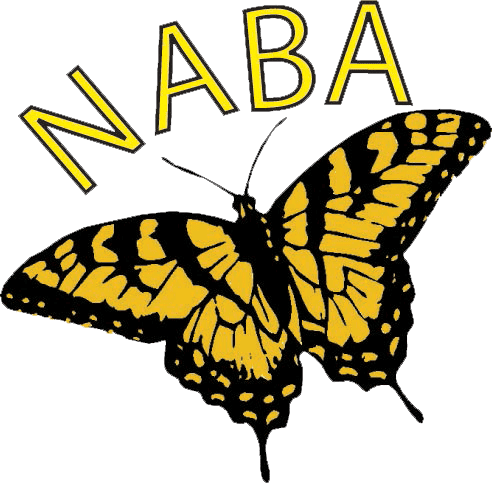Butterfly Field Guides are Not Just for the Field

If you look for butterflies primarily in your own garden or neighborhood, you might think that books about butterflies commonly labeled “field guides” will not be of any use in your butterfly endeavors. You are not in a field; you are, most likely, in a small suburban backyard garden. Yet you do not need to tramp through a field to find these books useful. I would suggest that you take a second look at “field guides” as a way to expand your butterfly-watching experiences.
A butterfly field guide will help you to identify an unfamiliar butterfly that you might have observed in your garden. In addition to providing photographs of likely candidates, a field guide will list the butterfly’s flight range, food plant preference, flight period, and a myriad of other details that will help observant gardeners decide whether the “large orange butterfly” nectaring on milkweed is a Monarch or a Great Spangled Fritillary.
Even if you are able to identify butterfly visitors to your garden without the use of a field guide, turning to a field guide (or two or three) may still be useful and interesting. Reading the details of a butterfly’s habits and life cycle will not only help you to remember the butterfly the next time you see it, but will allow you to create a better local habitat for that species.
In the Fall 2014 issue of Butterfly Gardener, Mary Anne Borge writes about Sleepy Oranges in her article, “Butterfly Explorers.” While reading it, I became curious about the name Sleepy Orange. What is sleepy about a fast moving sulphur? Quicker than I could open my browser and Google “Sleepy Orange”, I found my answer on page 66 of Butterflies of Alabama by Sara Bright and Paulette Haywood Ogard (University of Alabama Press, 2010), who wrote “the name’s origin derives not from the flight patterns but from the wing patterns. Small black crescents, reminiscent of closed or sleeping eyes, mark the forewing. ‘Rambling Orange’ has been proposed as a more logical name since, like all sulphurs, Sleepy Oranges seldom hold their wings where any ‘sleepy’ field marks are visible.”
Not only am I happy to have an quick answer, but the next time I see a sulphur in my garden, I will be much more interested in watching it carefully to see if I can spot the elusive sleepy marks!
If you care to leave a comment about your favorite butterfly field guide, please include your location since many field guides are written to cover particluar areas.
